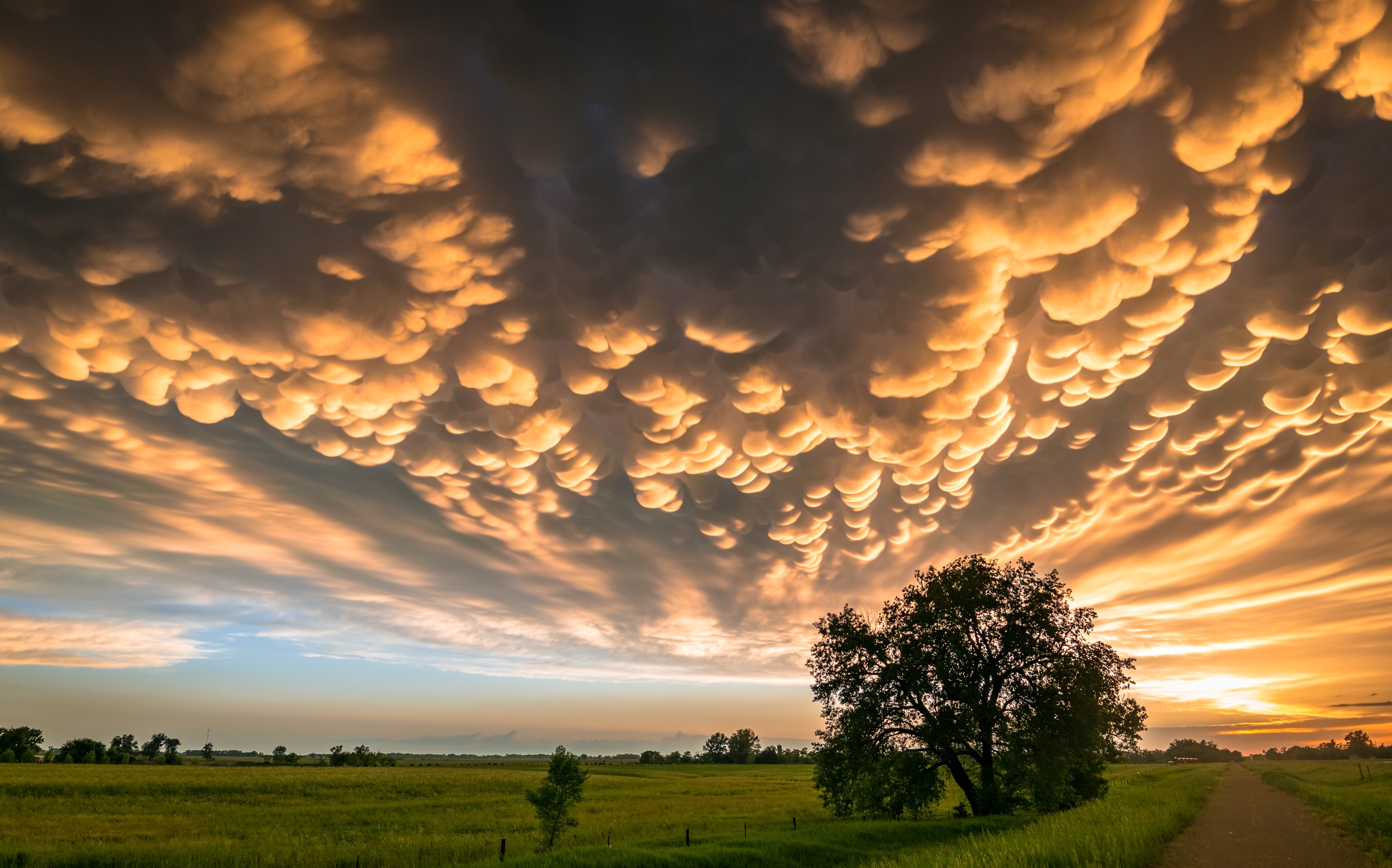| Story by Meghan McMahon |
7/16/2021
Depending on the day, clouds can be a blessing or a curse.
Clouds, of course, are what deliver the precipitation all life on Earth depends on. And they also make us more comfortable. On a hot day, a large cloud temporarily blocking the sun is as welcome as a cool drink of water. In the winter, a layer of clouds can insulate us, preventing temperatures from dropping.
They add beauty to the world, too. Have you ever seen a breathtaking sunrise or sunset without a cloud in the sky? Probably not, because the clouds are what add the lovely array of colors to these picture-perfect moments.
Sometimes, clouds simply bring us joy. Who hasn’t spent time simply watching the clouds roll by? Or looking for fun shapes hidden within these giant puffballs?
But what is a cloud really? Essentially, clouds are masses of ice crystals or water droplets that are suspended in the sky, according to NASA. Clouds form when air in the sky becomes cooler, causing the water vapor to condense into liquid form.
All clouds contain water vapor, but not all clouds produce rain. Rain occurs when water droplets join together to form larger droplets. When the droplets become large enough, gravity causes them to fall to the ground in the form of rain or, when it’s cold enough, snow, sleet or freezing rain, NASA reports.
On some days, there’s not a cloud in the sky, and that’s a result of the weather too. When an area is experiencing a high-pressure system, air sinks slowly and the air pressure begins to rise, according to the National Weather Service. When this happens, the air warms and there is no condensation that would cause clouds to form.
When we do see clouds in the sky, they can have many different shapes and appearances. Some are dark and ominous, others are thin and wispy. Still others are big and fluffy. There are 10 main types of clouds, and they are classified by their elevation and their shape and structure, according to the National Oceanic Atmospheric Administration. Based on elevation, clouds are classified as high, mid-level or low. High clouds are 16,500 feet to 45,000 feet above the ground, while mid-level clouds are 6,500 feet to 23,000 feet above ground and low clouds are less than 6,500 feet above ground.
When it comes to the many different kinds of clouds, you may notice that some of the same root words are included in many clouds’ names. That’s because in the early 1800s, an amateur meteorologist named Luke Howard proposed a naming convention for clouds that is the foundation of the classifications that are still used today, according to the National Weather Service. Howard recognized four cloud types and named them using Latin words:
- Cumulus: Heaped or in a pile
- Stratus: In a layer or sheet
- Cirrus: Hairy, curled or thread-like
- Nimbus: Bearing rain
Here is a closer look at the many different types of clouds that add dimension to the sky.

)
)
)
)